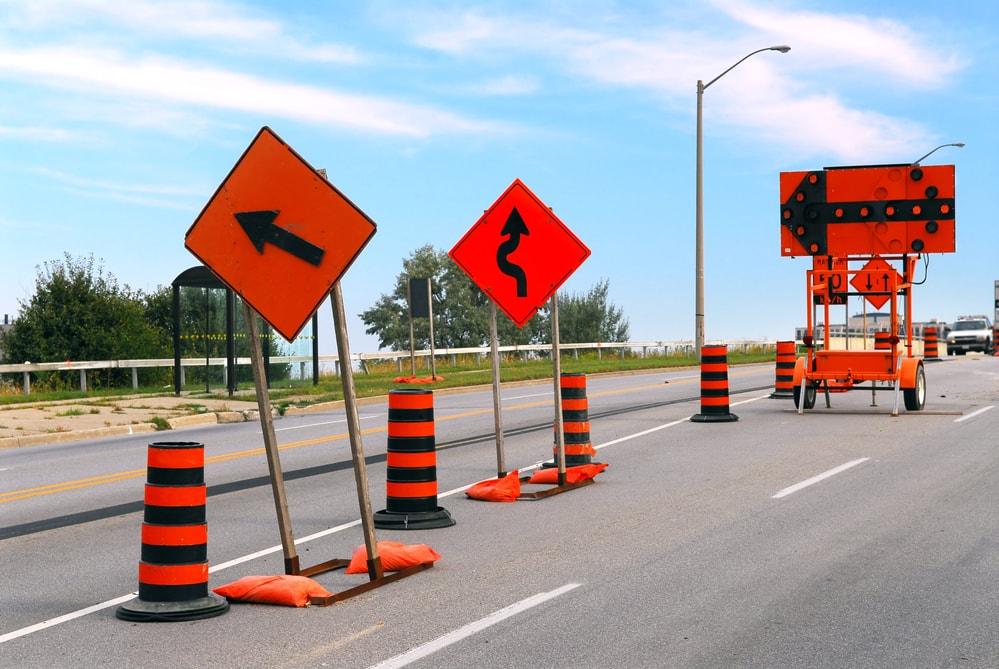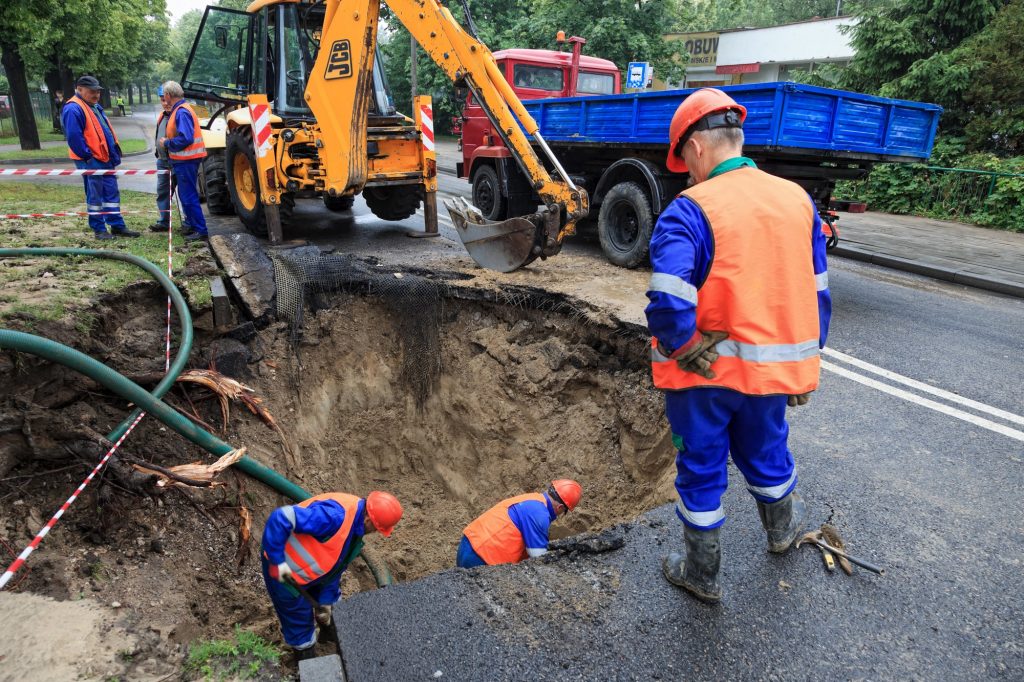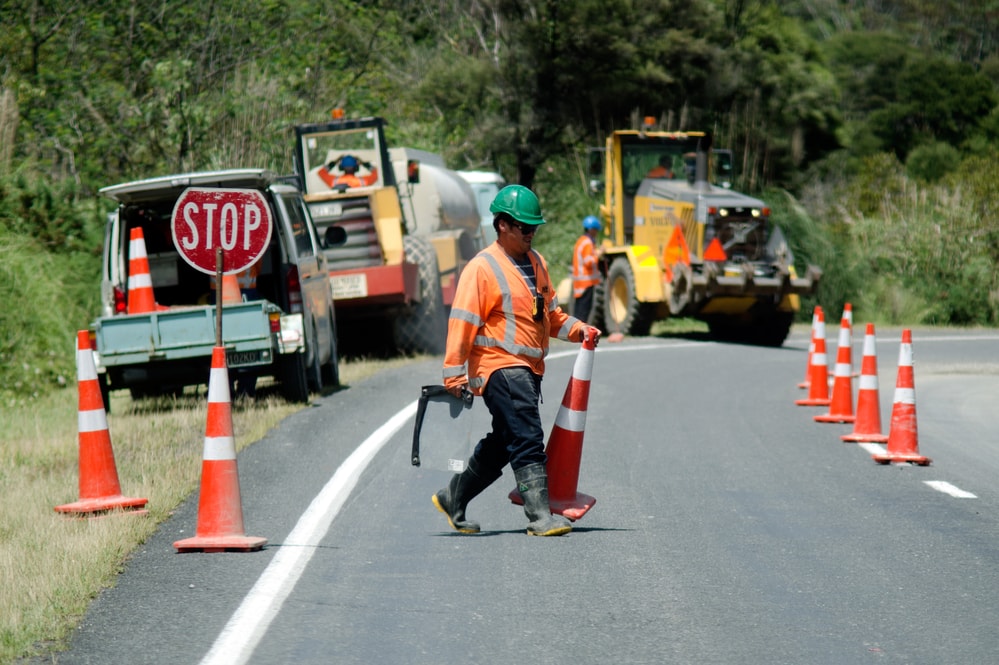Get this deal! Call now.
Speak with a vehicle protection plan specialist and get $300 off any new contract instantly.
Call 866-678-4172
Our cars take us where we need to be but more than that, we need roads, highways and bridges to do that. Most vehicle owners take things like those for granted at least until the summer months where construction and road work takes up our daily commuter lives. However, a recent report spells doom and gloom: infrastructure is beginning to fail.
Based on a study and report corroborated by the American Road and Transportation Builders Association, approximately more than 55,000 bridges—more than 1,000 per state on average—are currently considered structurally deficient. Meanwhile, if you step outside in the summer you can see countless roads left in disrepair.
So what happened? What do we hold accountable for crumbling infrastructure? And most importantly what is possible in term of safer paths and options for our cars & commutes?
Here are the most notable issues connected to infrastructural:
Right now the demands for construction far exceed the skilled labor required to meet those needs. Many adults and recent graduates move to white-collar careers and thus fewer skilled people are left available for infrastructural demands. Less staff on hand means infrastructural problems go unassessed or unaddressed.
When it comes to investing in transportation, more money tends to go to technological and engineering developments than infrastructure. Venture capitalists have collectively put nearly $30 billion into early-stage startups in 2016. Since most of that money goes to young startups with promising new technologies, which is beneficial to our economy, it leaves the necessary investments in construction and infrastructure in the dust.
It should be noted that the money for infrastructure rarely comes from the private sector. Most of it is supposed to come from the federal government. The cited study claims that there’s a funding gap of $1.4 trillion through the end of 2025. About three-quarters of that amount come from transportation infrastructure. The government is not spending enough money on infrastructural development if they leave such matters in constant disrepair.

It all boils down to local authorities, to regularly maintain and repair their streets, roads, and other infrastructure. Sometimes that means fixing a pothole from winter damage. Sometimes that means summer expansion cycles and sometimes that means adding new supports to a bridge. If maintenance programs don’t act regularly bad infrastructure gets worse and faster. However, they become more expensive to fix later than earlier.
And then, another factor is that as cities undergo suburbanization, the options for public, pedestrian and biking options decreases. More cars on poorly designed roadway systems means more wear and tear on them. You end up with fewer options for people to get to work and go home. Many cities have narrower streets, bike lanes, and sidewalks that lessen the strain on road systems.
Going along with the above, if the report is to be believed, there is less interest, funding, and development for public transportation options. Many cities like Chicago, Boston and New York have decreased the burden on road & infrastructure by making public transportation a key part of their design.

Show what do we do? It’s up to consumers. A combination of better designed roadways and cities, along with greater consumer interest in better infrastructure is what can help drive more funding and development in this aspect of our country.

Heading out for a road trip with your family is one of the true joys of vehicle ownership. Seeing new things together and making memories can be an absolute pleasure,..

This Valentine's Day, consider taking a memory-making road trip along one of these breathtaking routes across the USA. From coastal drives with gorgeous ocean views to journeys through wine country..

With the cooler months creeping in, it’s the perfect time to begin planning a fall road trip to enjoy the best of what the season brings. However, weather conditions during..

Your protection is our top priority. Your quote is in progress and you will
receive a confirmation
email shortly.

We're here to make sure you get the most comprehensive EV protection. That's why we've partnered with Xcelerate Auto to offer you transparent and dependable Tesla coverage.
Want us to contact you about XCare coverage for your Tesla?



Sign up and get $300 off your new contract!
By clicking the button, you consent to Endurance using automated technology to call, email, and text you using the contact info above, including your wireless number, if provided, regarding auto protection or, in California, mechanical breakdown insurance. You also agree to the Endurance Privacy Policy and Terms and Conditions. Consent is not a condition of purchase, and you can withdraw consent at any time. Message and data rates may apply.
Speak with a vehicle protection plan specialist and get $300 off any new contract instantly.
Call 866-678-4172

Simply fill out the information below and we will follow up fast with your free no-obligation quote.
By clicking the button, you consent to Endurance using automated technology to call, email, and text you using the contact info above, including your wireless number, if provided, regarding auto protection or, in California, mechanical breakdown insurance. You also agree to the Endurance Privacy Policy and Terms and Conditions. Consent is not a condition of purchase, and you can withdraw consent at any time. Message and data rates may apply.
Alex has worked in the automotive service industry for over 20 years. After graduating from one of the country’s top technical schools, he worked as a technician achieving a Master Technician certification. He also has experience as a service advisor and service manager. Read more about Alex.